
Looking Back At The Tech We Saw At Auto Expo 2018
- Nov 15, 2019
- Views : 13354

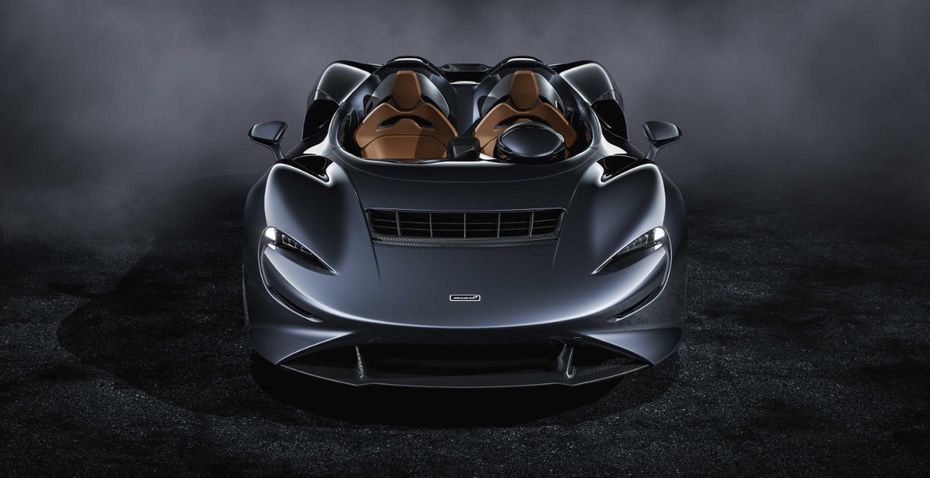
We thought McLaren had sobered up with the launch of the composed GT, but they have just added another model to the Ultimate Series lineup. The company has announced the Elva, an open-top, windshield-less roadster inspired by the original Bruce McLaren-designed Mark 1. It will be the fifth Ultimate Series car after the legendary F1 and P1, the breathtaking Speedtail, and the bonkers Senna. Only 399 examples of the Elva will be made. Each of them can only be custom ordered through McLaren Special Operations (MSO) and will cost upwards of GBP 1.425 million, the equivalent of Rs 13.2 crore. Begs the question -- what helmet would one wear, and you will have to, when you drive the Elva?
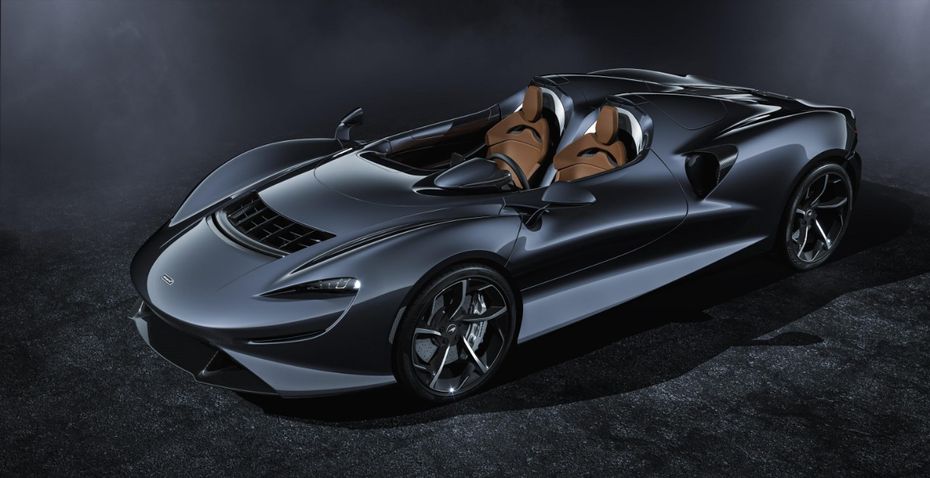
While the Senna was a fast, track-focused McLaren, the Elva is a sensory experience. To quote the carmaker: “With every sensory input heightened, this is a car that exists to provide unparalleled driving pleasure on road or track.” The Elva’s structure is carbon fibre. So is the bodywork, every aerodynamic component and the two seats. McLaren claims that it is the lightest car it has ever built.
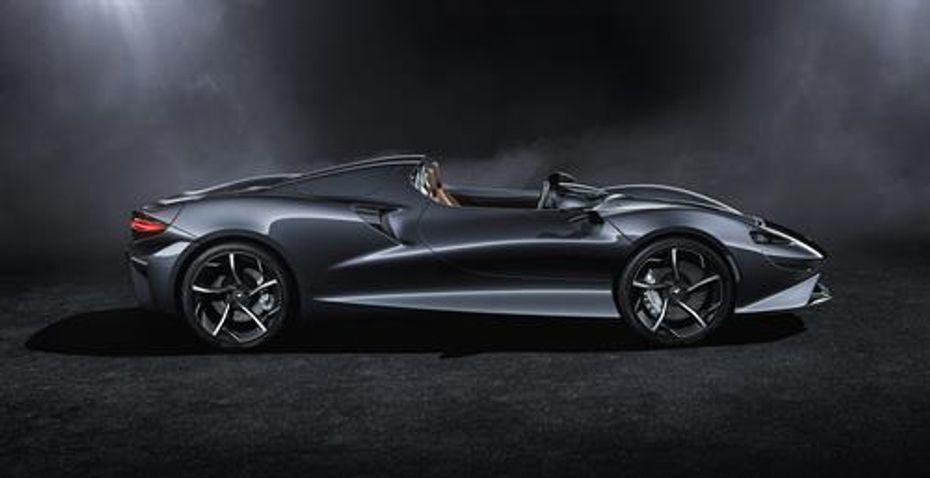
Powering this automotive masterpiece is McLaren’s 4.0-litre twin-turbocharged V8, which is also found in the back of the Senna and Senna GTR. It produces 815PS of power and 800Nm of torque. McLaren hasn’t specified the weight but the company is certain that it is lighter than the Senna, which weighed a mere 1,375kg -- as heavy as a fully loaded Hyundai Creta. The result? It is 0.2 seconds faster to 200kmph than the Senna. McLaren is yet to get this certified but the claimed figure is 6.7 seconds. That’s the time it takes for a Mini Cooper S to get to 100kmph. The McLaren will do that sprint in “under three seconds.”
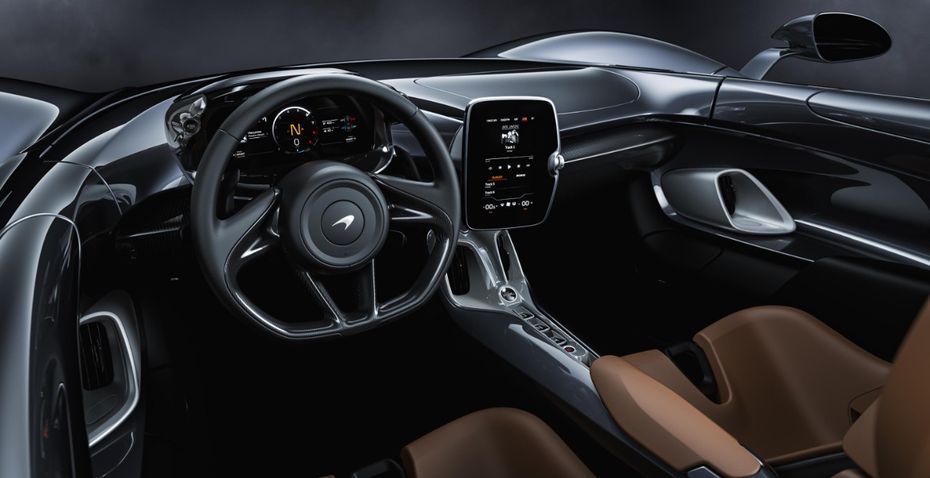
The exterior of the Elva follows what McLaren calls the ‘blurred boundaries’ principle -- it flows seamlessly into the interior, both in the shape of the carbon fibre panels as well as the design. “There is no clear demarcation between the exterior of the McLaren Elva and the interior,” says the release. “The uppermost sections of the carbon fibre doors simply curve over and flow down into the cabin, the light, stiff and strong composite material providing the perfect properties to form such enticing shapes and forms.”
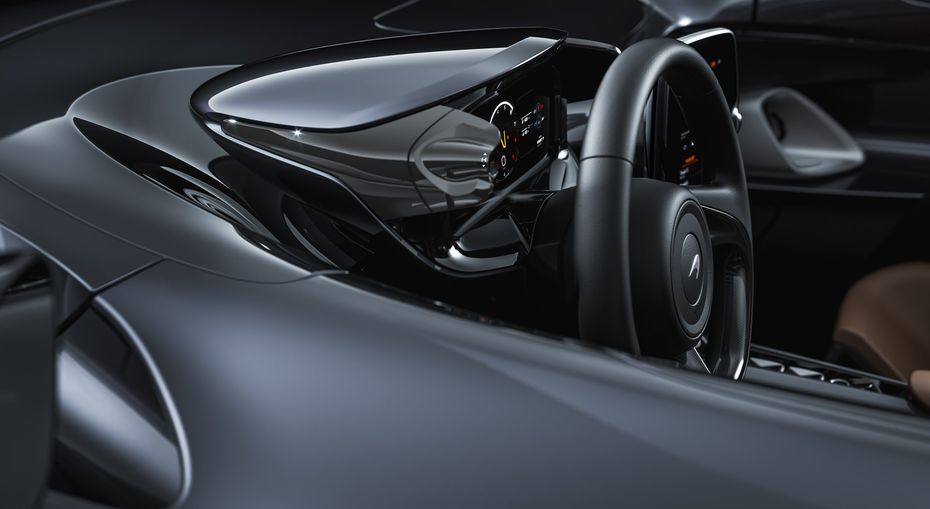
The quad exhausts are made from titanium and Inconel, a nickel-chromium superalloy used in extreme environments. All to offer you a soundtrack that adds to the unprotected, untethered experience which McLaren promises with the Elva. But don’t worry, McLaren’s world-first Active Air Management System (AAMS) will let you keep your hair at the end of a track day.

As will the active suspension and aerodynamics. Adaptive Dynamics Control offers three modes -- Comfort, Sport, and Track -- to manage the engine map and the suspension tune. Electronic Stability Control (ESC) has three modes, but if you are the kind of driver to have it ‘off’ while driving, there’s also Variable Drift Control (VDC). For no extra cost, McLaren will fit your Elva with Pirelli P-Zero Corsa tyres.
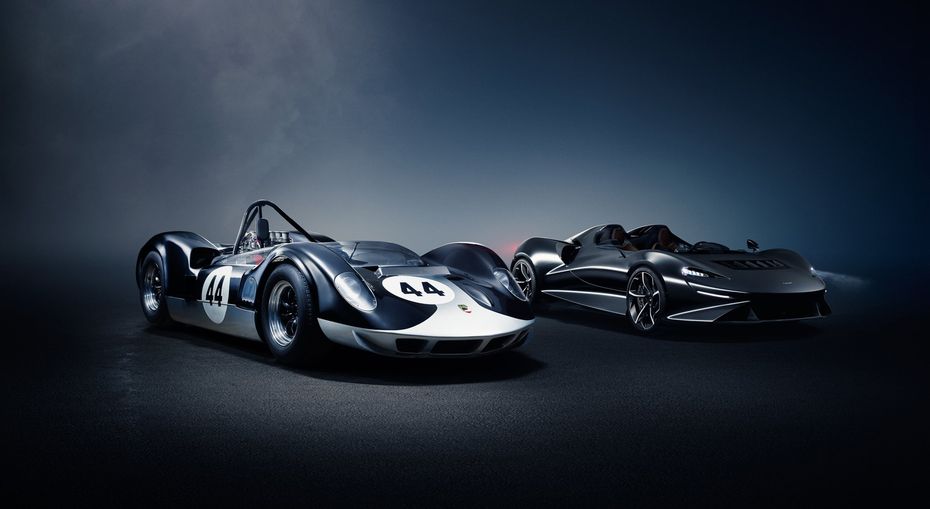
The Elva is inspired by the McLaren M1A, which was conceived by Bruce McLaren himself. He’s the man who won the Monaco Grand Prix in 1952, and just a year later, founded McLaren Automotive. The M1A was powered by a 4.5-litre Oldsmobile V8 tuned for 345PS, yet weighed a mere 551kg thanks to its moulded resin bodywork. The Elva name comes from a specialist Sussex sportscar manufacturer called Elva Cars Limited, which built replicas of the M1A after an agreement between founder Frank G Nichols and Bruce McLaren. The release quotes Road and Track magazine, which declared in 1966 that the Elva was the fastest car it had ever tested. Charlie Hayes’ McLaren Elva Mark 1 Chevrolet was on the cover of the July issue of Road and Track.
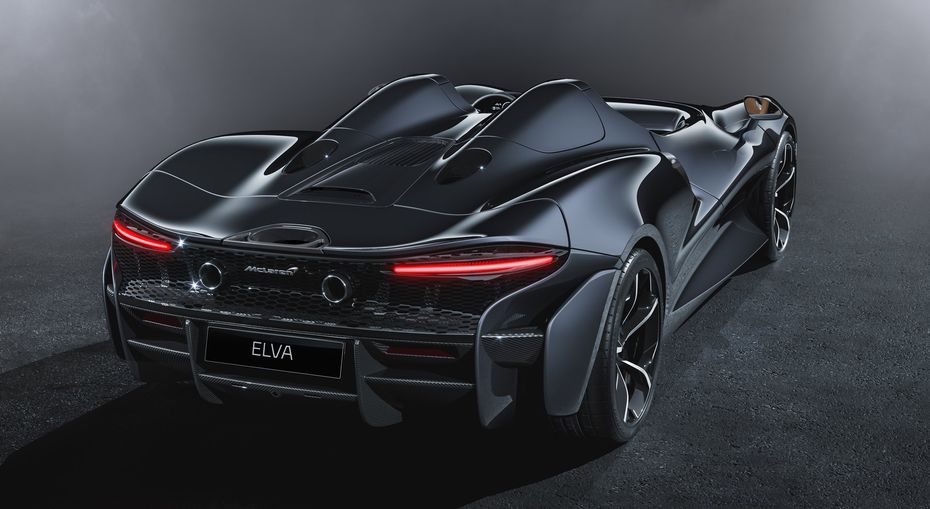
As a spiritual successor to the sportscar which won the Canadian American Challenge Cup every year from 1967 to 1971, the Elva is an exquisite addition to the McLaren lineup. Another beautiful example of a supercar which will be remembered forever. We can’t wait to meet it in person.

Looking Back At The Tech We Saw At Auto Expo 2018

3 New Major Design Details Mahindra XUV 3XO Will Pack Over...

Tata Curvv: A Much Clearer Look At Its Interior Ahead Of Its Unveiling

Citroen Basalt vs Tata Curvv: Exterior Design Compared

10 New Features Expected In The Upcoming 2024 Mahindra XUV 3XO...

The Fronx Has Been Rebadged! Meet The Toyota Urban Cruiser Taisor,...

Here’s How Fuel Efficient The 2024 Maruti Suzuki Swift Sold In...

MG Hector And Hector Plus Blackstorm Edition Launched At Rs 21.25...

Mahindra XUV300 Facelift Teased, Gets A New Name
India's largest automotive community